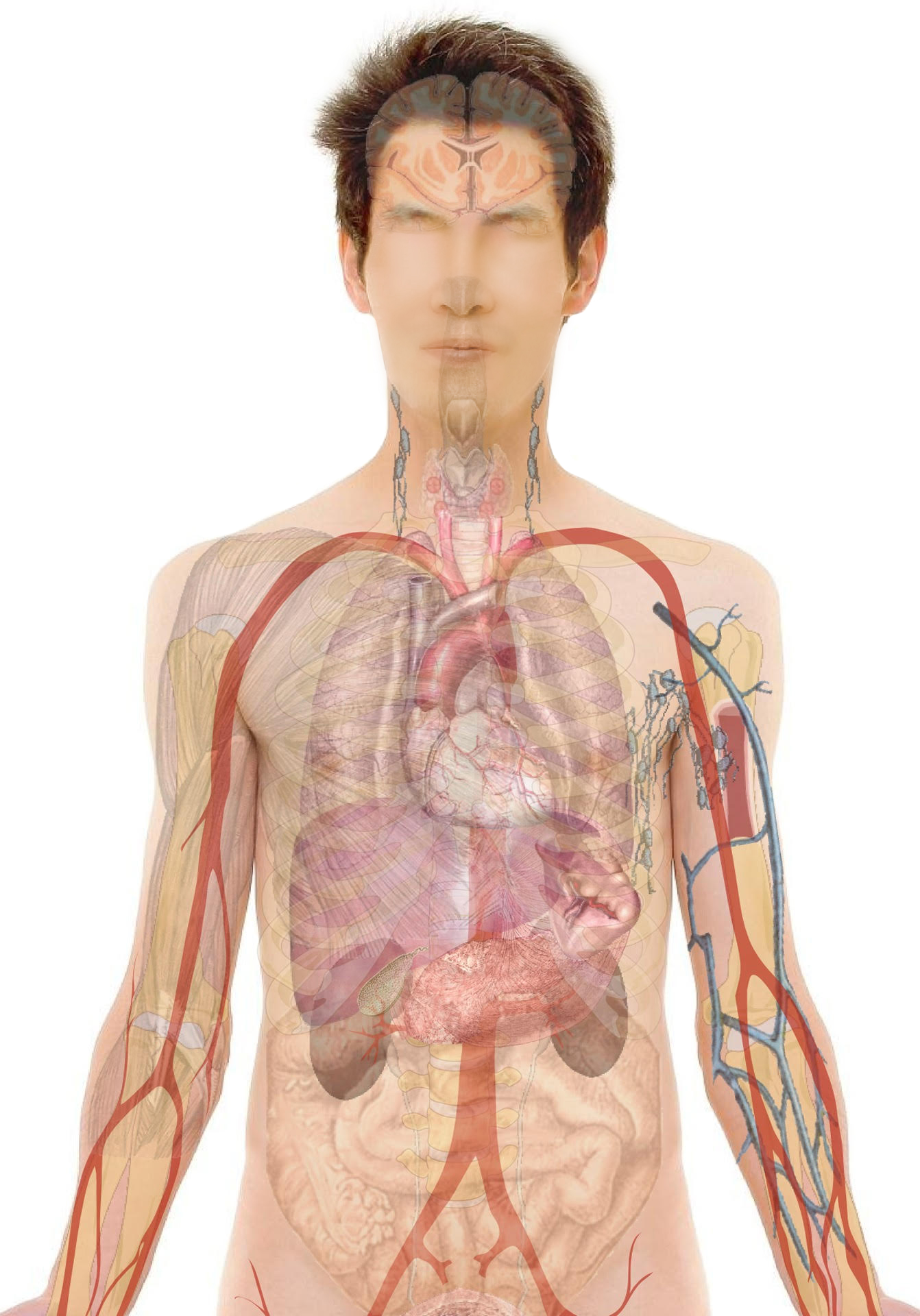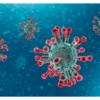Definition and Causes:
Acute kidney injury (AKI) has replaced the term “acute renal failure”. It covers the entire spectrum of injury from less severe cases to more advanced injury that may require dialysis or kidney transplant. AKI is characterized by a rapid reduction in kidney function and the medical problems that occur from this.
Normal kidney function is vital to our survival. Our pair of kidneys are located in the abdomen, one on each side/flank just beside the spine. The main purpose is to filter the blood and remove waste/toxic material. The urine produced by the kidneys passes through the long tube (the ureter) to the bladder where it is collected. Urine then passes through another tube, the urethra, to the outside during urination. The kidneys help regulate blood volume, blood pressure, and also secrete hormones.
Kidney failure occurs when the kidneys partly or completely lose their ability to filter water and waste from the blood, leading to a build-up of toxins that can be harmful to the body. Mild cases are called renal insufficiency.
CAUSES:
- Reduced blood supply to the kidney
- Drastic drop of blood pressure stemming from sudden blood loss due to injury/trauma, heart attack, surgery, infection (sepsis) etc.
- Low heart rate in patients with heart failure
- Dehydration (e.g. severe vomiting, diarrhea, water pills, or blood loss)
- Direct damage to the kidney
- Medication abuse e.g overuse of NSAIDs (aspirin, ibuprofen, etc.)
- Alcohol and certain recreational drug abuse
- Infection
- Trauma to back/abdomen
- Blood clot in a vessel in the kidneys
- Blockage or restriction of urine flow from the kidney
- Kidney stones
- Swollen prostate
- Tumor
- Trauma with injury to bladder of ureters/urethras (see definition)
- Autoimmune (dysfunction in the immune system) kidney disease
Symptoms:
Many people with acute kidney injury may be asymptomatic (no noticeable symptoms). Others may have generalized nonspecific (not specific to kidneys) symptoms; these might include:
- Nausea, vomiting
- Fatigue and lethargy
- Flank pain (pain on lower back)
- Dizziness
- Drowsiness
- Confusion/lack of concentration
- Swollen legs and feet
- Metallic taste in the mouth
- Low urine volume
- In extreme cases, seizure and coma may occur
Investigations and Treatment:
Kidney failure is often diagnosed with urine and blood test, obtained to assess patients with complaints of feeling unwell.
INVESTIGATIONS:
Blood tests:
- Blood urea nitrogen (BUN) and creatinine are toxins which are excreted by the kidneys in the urine, high levels in blood indicate renal dysfunction
- Abnormal high or low levels of electrolytes, such as potassium and sodium which may be due to improper kidney filtration
Urine test:
- Quantity and quality of wastes excreted are assessed along with urine microscopic examination
Imaging:
- Ultrasound of kidney
- Computed tomography (CT) scan
- Magnetic resonance imaging (MRI)
These techniques are used for more detailed inspection of the kidneys along with blood vessels and surrounding structures/organs.
Kidney biopsy:
- Used to obtain a sample of kidney tissue for direct inspection under the microscope; useful in determining the cause of kidney failure. After anaesthetizing the skin in the vicinity of the kidney with an injection, a thin needle is inserted through the anesthetized area into the kidney and a small sample of tissue is removed for laboratory analysis
TREATMENT:
Treat the underlying disease:
- Kidney failure is usually a complication of an underlying disease, such as infections or dehydration. Specific treatment will be required depending on the disease cause, e.g. antibiotics or hydration
Medications:
Maintaining fluid and electrolyte balance.
- Imbalance of electrolytes can lead to a number of different medical problems, some of these can be life-threatening e.g. high potassium levels can cause increased heart rate (arrhythmia). Consequently, it is important to monitor and treat these imbalances
- Fluid balance: Some patient may require Intravenous fluid (if dehydrated), while others may require diuretics to induce urination
Urinary catheter:
- If the patient is retaining too much urine, a thin tube may be inserted into the bladder via the urethra to aid drainage of urine from the bladder
Renal replacement therapy (RRT):
- Term used for life-supporting treatment in renal failure e.g.hemodyalysis, peritoneal dialysis, and renal transplants, etc.
Dialysis: Filtration for toxin removal
- Hemodialysis (blood filtration):
The patient is connected to a device by a pair of needles typically inserted at the forearm. The patient’s blood flows through the machine where it is filtered for the removal of toxins before it flows back to the body. The procedure can take up to 4 hours and may need to be repeated depending on the extent of kidney damage. Treatment is normally performed at a medical facility - Peritoneal dialysis:
A dialysis solution is pumped into the abdominal cavity via a tube in the abdominal cavity. The toxins and waste from the blood are absorbed by the solution and can then be pumped back out of the body. Treatment can normally take up to 5 hours. Treatment can be performed with at home
Risk Factors and Prevention:
- Surgery
- Serious/critical illness
- Pregnancy (complications)
- High blood pressure
- Age (seniors are at higher risk)
- Kidney disease
- Liver disease
To lower the risk of developing acute renal failure:
- Reduce blood pressure
- Consult a physician on the treatment of related disease and medications required
Outcome:
- Acute kidney failure/injury can be fatal
- If underlying cause is treated, in most cases kidneys fully recover within a few months
- If underlying cause isn’t found and/or treated, patients may develop chronic kidney failure








